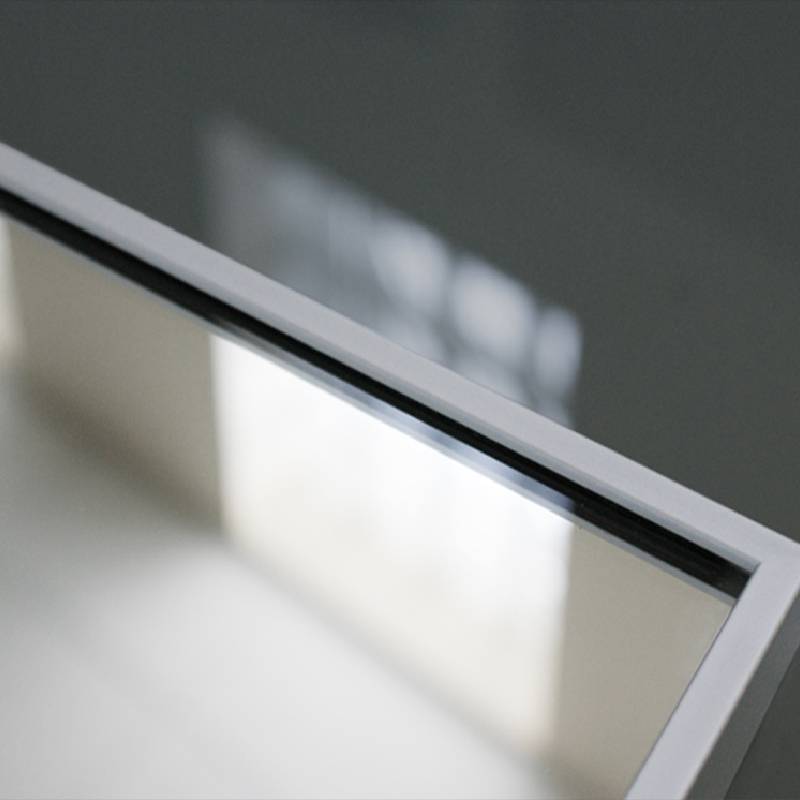

The Growing Market for Tempered Glass Manufacturers Trends and Innovations
Tempered glass, also known as toughened glass, has become an essential material in various industries, including construction, automotive, and electronics. Its strength, safety, and aesthetic appeal have driven a significant surge in demand, leading to a thriving market for tempered glass manufacturers. This article explores the current trends, innovations, and challenges faced by these manufacturers.
Understanding Tempered Glass
Tempered glass is produced by heating regular glass to high temperatures (usually around 600°C to 700°C) and then rapidly cooling it. This process increases its strength and makes it more resistant to thermal shock. Due to its safety features—when broken, it shatters into small blunt pieces rather than sharp shards—tempered glass is often used in applications where safety is critical, such as shower doors, glass doors and tables, facades, and car windows.
Market Trends
The tempered glass market is experiencing robust growth. According to industry reports, the global market for tempered glass is projected to grow at a CAGR of around 7% over the next few years. This growth can be attributed to several factors
1. Rising Construction Activities With urbanization and infrastructure development on the rise, the demand for high-quality glass materials in residential and commercial buildings is increasing. Architects and builders prefer tempered glass for its durability and design flexibility.
2. Innovation in Manufacturing Processes Manufacturers are continuously investing in advanced technologies to enhance the production process. Automation, precision cutting, and improved curing techniques are being adopted to enhance efficiency and reduce waste.
3. Sustainability and Energy Efficiency There is a growing emphasis on sustainable building materials. Tempered glass can be produced in an energy-efficient manner, and when combined with low-emissivity (Low-E) coatings, it significantly contributes to energy conservation in buildings.
4. Increased Automotive Production The automotive industry's shift towards lighter and more energy-efficient vehicles is boosting the demand for tempered glass, particularly for side and rear windows that require extra strength and clarity.
Innovations in Tempered Glass Manufacturing

Manufacturers are also focusing on innovations that enhance the properties and applications of tempered glass
- Smart Glass Technology The integration of smart technology in tempered glass is gaining traction. Products that can switch from transparent to opaque at the push of a button are becoming popular for use in offices and homes, providing privacy and energy efficiency.
- Improved Coatings Advanced coating technologies are being developed to improve the durability and functionality of tempered glass. Anti-reflective coatings, antifogging treatments, and self-cleaning technologies are examples of innovations that enhance user experience.
- Customized Solutions Customer demand for personalized solutions is leading manufacturers to offer customizable tempered glass products tailored to specific design and functional requirements. This trend is particularly evident in luxury residential and commercial projects.
Challenges in the Tempered Glass Industry
While the future looks promising, tempered glass manufacturers face several challenges
- Raw Material Costs Fluctuations in raw material prices can impact profitability. Manufacturers need to develop strategies to manage costs while maintaining product quality.
- Competition and Market Saturation The increasing number of manufacturers has led to a competitive market environment. Companies must differentiate themselves through innovation and quality to succeed.
- Regulatory Compliance Compliance with safety and environmental regulations is critical. Manufacturers must invest in ensuring that their products meet stringent standards while adhering to sustainable practices.
Conclusion
The tempered glass manufacturing industry is flourishing, driven by trends in construction, automotive, and technology. Innovations in production processes and product features are positioning manufacturers to meet evolving consumer needs. However, challenges such as cost management and competitiveness remain salient. As the market continues to grow, tempered glass manufacturers must focus on quality, innovation, and sustainability to thrive in this dynamic landscape.